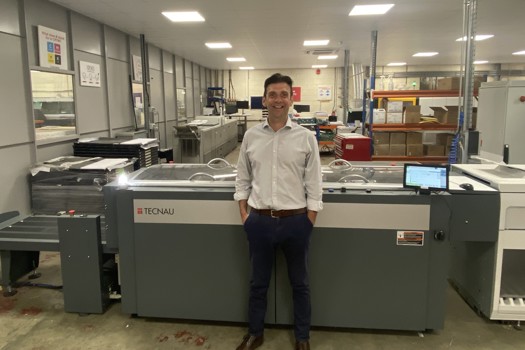The BPIF’s latest Printing Outlook, a quarterly published study of the health of the industry, reported that frequent input cost increases, shocks over the cost of new energy supply contracts, and heightened uncertainty due to political and economic turmoil in the UK has damaged confidence ahead of a normally bullishly anticipated Q4 period.
The survey found that 43% of printers managed to increase their output levels in the third quarter of 2022 while a further 41% were able to hold output steady. The remaining 16% experienced a decline in their output levels.
Output growth in Q4 is forecast to increase for 28% of companies, with 47% predicting that they will be able to hold their output levels steady and 25% expecting their output levels to fall.
This Q4 forecast is backed by concern that increasing costs and output prices are going to curtail demand below what might have normally been expected in the period. There has traditionally usually been a seasonal boost seen at the end of the year.
Energy costs have remained the top business concern for printing companies, for the third running quarter, and on this occasion further ahead of substrate costs.
Energy costs were selected by 83% of respondents, up from 68% last quarter, while substrate costs (paper, board, plastics etc) were selected by 68% of companies.
The BPIF said energy costs attract concerns beyond their direct impact on energy bills to printers as companies are aware of a very strong link between the cost of energy and the cost of the paper and board supplies they purchase.
Charles Jarrold, CEO of the BPIF, told Printweek that although many organisations are reporting that they are currently very busy, the current uncertainty is proving challenging.
“With the trends over the last couple of years post-Covid, you can see that the industry has recovered quite strongly, and I think that carried on through Q3. But an increase in the pressures on companies’ costs obviously started to really bite.
“One of the areas of uncertainty is where government go with the energy support. It’s bound to be targeted in some form, we know that the cost increases are potentially very significant but that support has been absolutely critical to mitigate what were pretty horrendous energy price increases.
“We’ve done the information gathering and given a huge amount of feedback to [government], both from across the sector and at a more granular company level, as well as some more specific information too.
“We’ve had a lot of good high quality feedback on the impact of where energy prices have been on the sector, but we now just have to wait and see what they do with that.”
Jarrold added wage pressure and access to skills were the other top ranked major business concerns.
“Demand for apprenticeship training remains quite strong, which isn’t a bad thing at all. But clearly everyone knows that it’s really difficult to find people at the moment, and that’s obviously feeding through to wage pressure too.”
The survey found, though, that the ongoing recruitment challenges haven’t prevented a continued increase in employment levels in Q3 as more companies, on balance, employed new workers.
The report also found that average price levels continued to increase for most companies in Q3, with a majority also expecting to raise their output prices further in Q4.
Finally, the number of printing and packaging companies experiencing ‘critical’ financial distress decreased in Q3. Those experiencing ‘significant’ financial distress increased slightly but the BPIF said this remains comparable to previous Q3 levels.
The Printing Outlook survey was carried out during 3-18 October 2022 and received responses from 118 companies employing 6,801 people with a combined turnover of just over £1bn.










